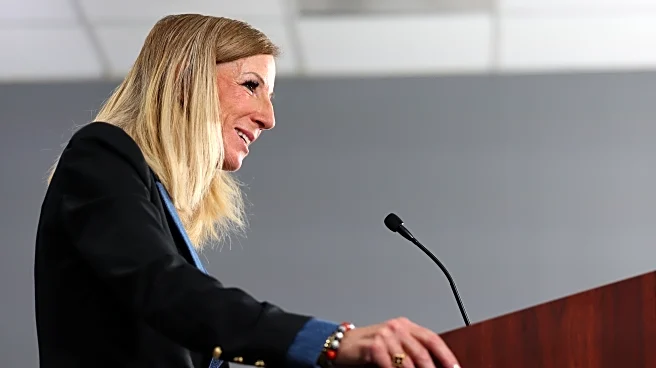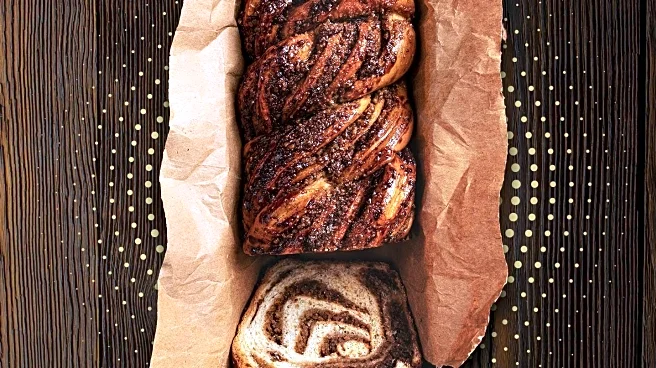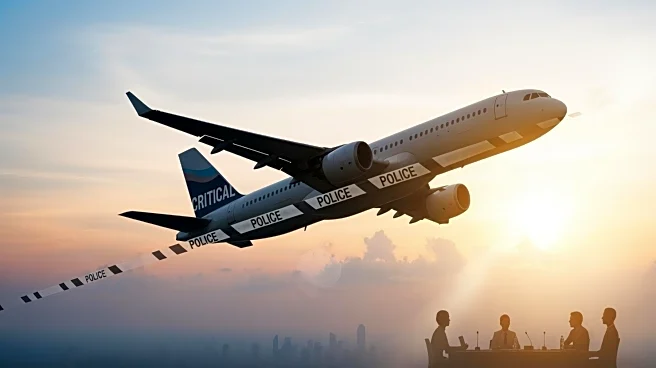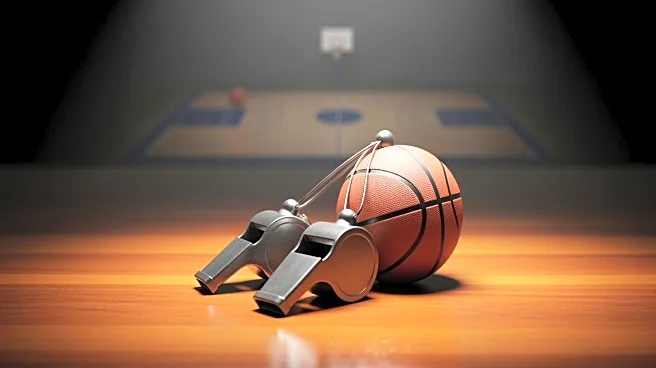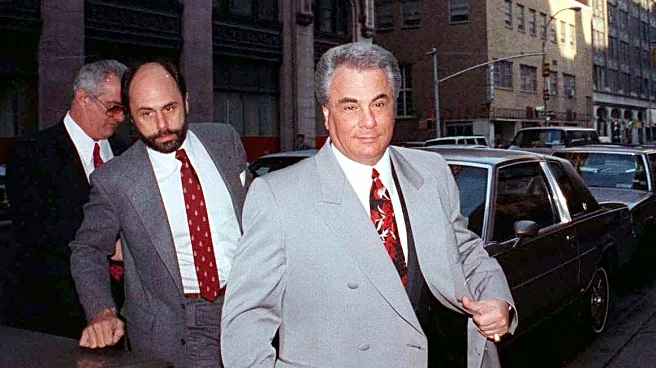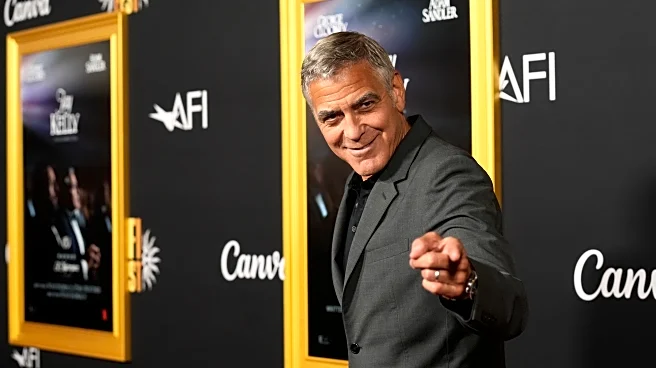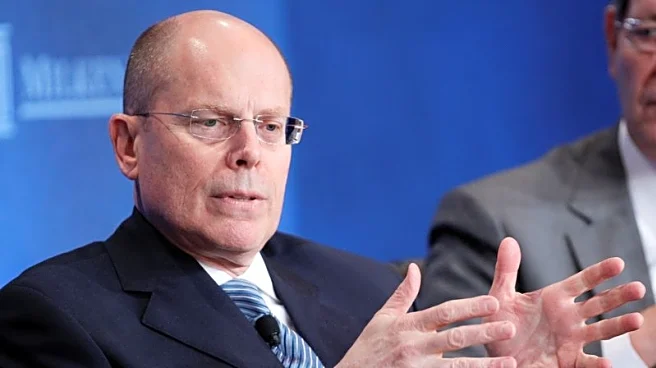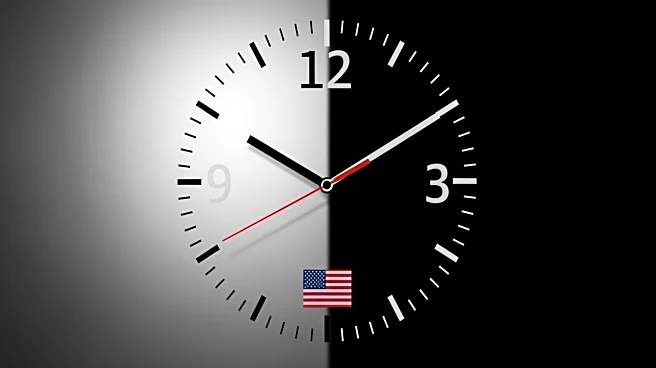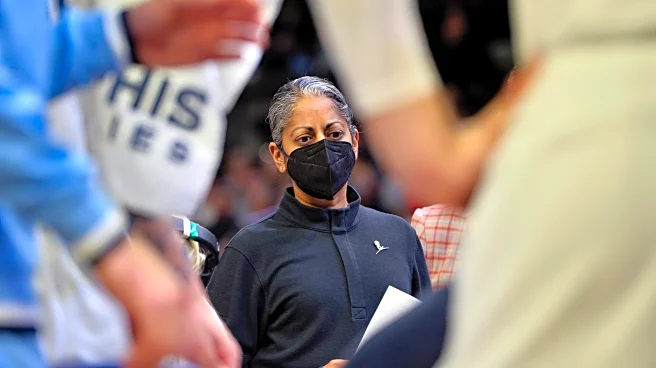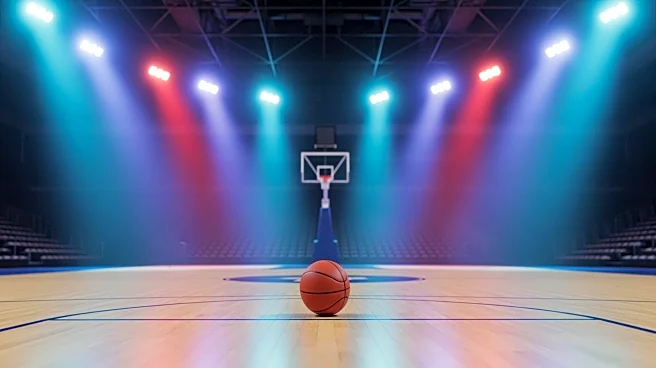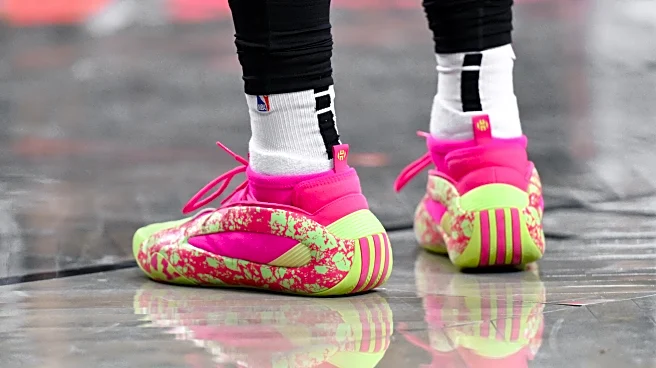In an appearance on the TODAY Show last Tuesday, NBA Commissioner Adam Silver inflamed the already-intense negotiations for a new CBA between the WNBA and WNBPA.
Asked if WNBA players are deserving of a greater share of growing league revenues, Silver answered, “Yes,” before pontificating:
I mean, I think “share” isn’t the right way to look at it because there’s so much more revenue in the NBA. I think you should look at absolute numbers in terms of what they are making, and they are going to get a big
increase in this cycle of collective bargaining, and they deserve it.
The WNBPA called out Silver’s attempt to sidestep the question with his emphasis on “absolute numbers” and “a big increase” in an Instagram story that played a clip of Silver saying, “I think ‘share’ isn’t the right way to look at it..,” with the caption, “Don’t want to share, @adamsilvernba?”
The back-and-forth captures the crux of CBA negotiations. While Silver suggested “‘share’ isn’t the right way to look at it,” competing perspectives of how “share” should be looked at, in fact, defines the differences between the two sides.
In short, what does it mean to “share”?
For the players, sharing means revenue sharing, full stop. They want their fair share of the league’s financial growth to be guaranteed by an unqualified revenue-sharing system. The league, in contrast, has argued that players can receive their fair share of the league’s financial growth without a new and unconditional revenue-sharing system.
Right now, those different understandings have resulted in a stalemate that, most likely, will see Friday’s deadline for a new CBA be extended, as happened during negotiations for the 2020 CBA. During her WNBA Finals press conference, Commissioner Cathy Engelbert said, “While I hope we make the October 31 deadline, and that is a real deadline from that perspective, we have extended deadlines in the past.”
Ahead of Friday’s “real deadline,” here’s a closer look at the essential issue of revenue sharing, and why things could get even more complicated.
The WNBA’s current proposal—and all the posturing and politicking around it
Based on reports, the WNBA’s current proposal would increase the player supermax salary to around $850,000, while the veteran minimum would be around $300,000. No details about rookie-scale salaries, nor whether players currently locked into a rookie-scale salary could see an increase, have been reported.
Crucially, the league’s proposal maintains the current revenue-sharing model, where players would be entitled to a portion of league revenue only if certain league-wide, and not team-specific, benchmarks are achieved.
The WNBPA, refusing to be distracted by the prospect of much higher salaries, is insistent upon a system that would tie the player salary scale and team salary caps to league revenue. They are demanding that player salaries grow in concert with league growth, not at a lower, predetermined rate that is still dependent on certain stipulations.
Terri Carmichael Jackson, the WNBPA’s executive director, recently criticized the league’s proposal in a statement shared with Front Office Sports, asserting:
What the league and teams are really trying to do is not only limit the cost of labor but also contain it through an artificial salary system that isn’t tied to the business the players are building in any real or meaningful way. You know it’s bad when the best they say they can do is more of the same: a fixed salary system and a separate revenue sharing plan that only includes a piece of a piece of the pie, and pays [the league] back first.
Jackson elaborated, “We’ve come to the table prepared to do business. They’ve responded with bad math and are hoping everyone doesn’t understand what ‘uncapped’ actually means. Adam Silver said it himself on behalf of the WNBA, ‘Share isn’t the right word.’ It’s not in their vocabulary.”
In response to Jackson’s comments, the WNBA offered a rebuttal to FOS that read:
It is incorrect and surprising that the Players Association is claiming that the WNBA has not offered an uncapped revenue sharing model that is directly tied to the league’s performance.
The comprehensive proposals we have made to the players include a revenue sharing component that would result in the players’ compensation increasing as league revenue increases—without any cap on the upside. It is frustrating and counterproductive for the union to be making misrepresentations about our proposals while also accusing the league of engaging in delay. That is simply not true. While we have delivered comprehensive proposals that seek an agreement that will benefit all, the Players Association has yet to offer a viable economic proposal and has repeatedly refused to engage in any meaningful way on many of our proposal terms.
We stand ready to continue negotiating in good faith and hope they will do the same so that we can finalize a mutually beneficial new CBA as quickly as possible.
Yet, even if the WNBPA and WNBA can agree on some kind of revenue-sharing system, whether capped by a pre-set rate or tied to league revenue, determining how the share should be calculated likely will present further complications—and plenty of disagreement.
Defining and determining revenue sharing is really complicated
The potential revenue-sharing provision included in the current CBA, signed in January 2020, was constructed in a way that made it highly unlikely to be activated, especially after the then-unexpected COVID-19 pandemic severely disrupted the 2020 season.
As explained by The Athletic:
In the 2020 CBA, the revenue-sharing agreement is an incremental model that requires the WNBA to hit certain revenue targets before it is put into effect. Essentially, the league has to increase revenue by 20 percent each season, and any overage gets added to the revenue-sharing pie. These targets are cumulative, so the total revenue in any season would have to exceed the targets in all of the prior seasons applicable under the CBA before the players get their piece.
The pandemic, however, resulted in a revenue shortfall, making eventually reaching the cumulative revenue benchmarks impossible, even as the league experienced near-exponential post-pandemic growth.
Yet, even if the revenue targets had been reached, only a portion of league revenue would have factored into the revenue-sharing provision. As The Athletic detailed:
The only revenue eligible for sharing is the excess above the target. Within that amount, 30 percent is immediately removed as “the cost of revenue,” which is nominally meant to help the league cover expenses. The remaining 70 percent is considered the “shared revenue” and is split equally between the players and the league. The players’ portion is then divided between direct payments to the players and increases to the WNBA marketing agreement fund.
Under the current CBA, where revenue-sharing never has materialized, players have received less than 10 percent of WNBA revenue, which contrasts to the 49 to 51 percent of basketball-related income (BRI) distributed to NBA players. The NBA salary cap is directly determined by BRI, meaning player salaries rise (or fall) with league revenues.
That, ideally, is what WNBA players want, a vast change from the current system, where the salary cap has risen season-over-season by a predetermined three percent since 2020.
Figuring out an agreeable middle ground—where the amount of revenue up for sharing and how it is calculated is deemed acceptable to the league, which is concerned about sustainability and incentivizing investment, and players, who, as they announced with their “Pay Us What You Owe Us” All-Star game shirts, want everything they believe they deserve—seems almost impossible.
Who is around the negotiating table?
Even though the sides are at an apparent impasse, bargaining sessions have occurred, with multiple held in October, according to FOS.
During the WNBA Finals, not long after the exit interview where Napheesa Collier proclaimed that the WNBA had “the worst leadership in the world,” league and union leadership met, with Engelbert and Collier, who is a WNBPA vice president, both in attendance. Other members of the WNBPA executive committee—president Nneka Ogwumike, first vice president Kelsey Plum and vice president Breanna Stewart—were also in attendance.
As reported by ESPN, the sessions have featured a rotating cast of representatives for each side. For the league, Engelbert has attended all “substantive” meetings. WNBA and NBA staff, along with their outside counsel, also represent the league.
The union most often is represented by WNBPA staff, headlined by executive director Jackson, and their outside counsel, with WNBPA advisors and player leadership sometimes participating. The players most likely to be involved are those on the WNBPA executive committee and the 26 players who serve as their teams’ player representatives, along with some players who do not have formal position within the union. In addition to Ogwumike, Collier, Plum and Stewart, the executive committee includes secretary Elizabeth Williams, treasurer Brianna Turner and vice president Alysha Clark.
According to ESPN, the WNBPA staff has met with player leadership “weekly, if not a couple times a week,” since the All-Star break.
The WNBPA also has garnered the support of more than 70 elected officials, who sent a letter to Engelbert and Silver last Friday, requesting that the league, “bargain in good faith to reach a fair (Collective Bargaining Agreement) in a timely manner,” in addition to emphasizing that, “This new CBA deal is an opportunity to set the record straight that women are valuable workers who deserve to be paid accordingly and treated fairly.”
As reported by The Athletic, the signatories were a mix mayors, council members and assembly members who govern in or near seven WNBA markets, with the most prominent among them being New York mayoral candidate Zohran Mamdani.
The New York State AFL-CIO also has expressed their solidarity with the WNBPA, sending a letter to Engelbert “calling on her to negotiate in good faith with the players’ union to reach a fair and equitable contract.”
An extension still comes with issues
A negotiation extension, especially one that allows negotiations to wind well into 2026, would still leave the league and players in less-than-ideal situations.
Whether competing overseas, in Unrivaled or in Athletes Unlimited, players understandably might prefer to have their WNBA financial future settled before taking the court, which would alleviate any concerns about an injury that could reduce their WNBA earning potential in the (hopefully) coming season. Players who choose not to play professionally in the W offseason would not be immune to similar worries, as they could be wary of suffering an injury in a training or developmental session.
The league, however, would be in an even tougher spot if negotiations were to extend well into 2026, as lots of work needs to be completed before the 2026 season can begin. That business starts with expansion drafts for the Toronto Tempo and Portland Fire, the stipulations of which must be agreed upon in the new CBA. Per ESPN, neither franchise has been given any preliminary guidelines from the league.
In addition the expansion drafts, the 2026 WNBA Draft Lottery must be held, which will determine the lottery order of the 2026 WNBA Draft, which also will need to occur. Then, there’s the anticipated mega free agency madness, when all but two veteran players will be free agents.
A new CBA, in short, is only the first step to a successful 2026 WNBA season.
In speaking to ESPN, a league source did express moderate optimism, despite the currently contentious state of affairs saying:
In the end, a work stoppage doesn’t benefit anybody. I don’t know exactly how far people are off. But generally, when I’ve seen these things, usually as it comes closer to crunch time, everybody kind of moves a little bit closer together, and we can get to a deal that’s reasonable enough.
